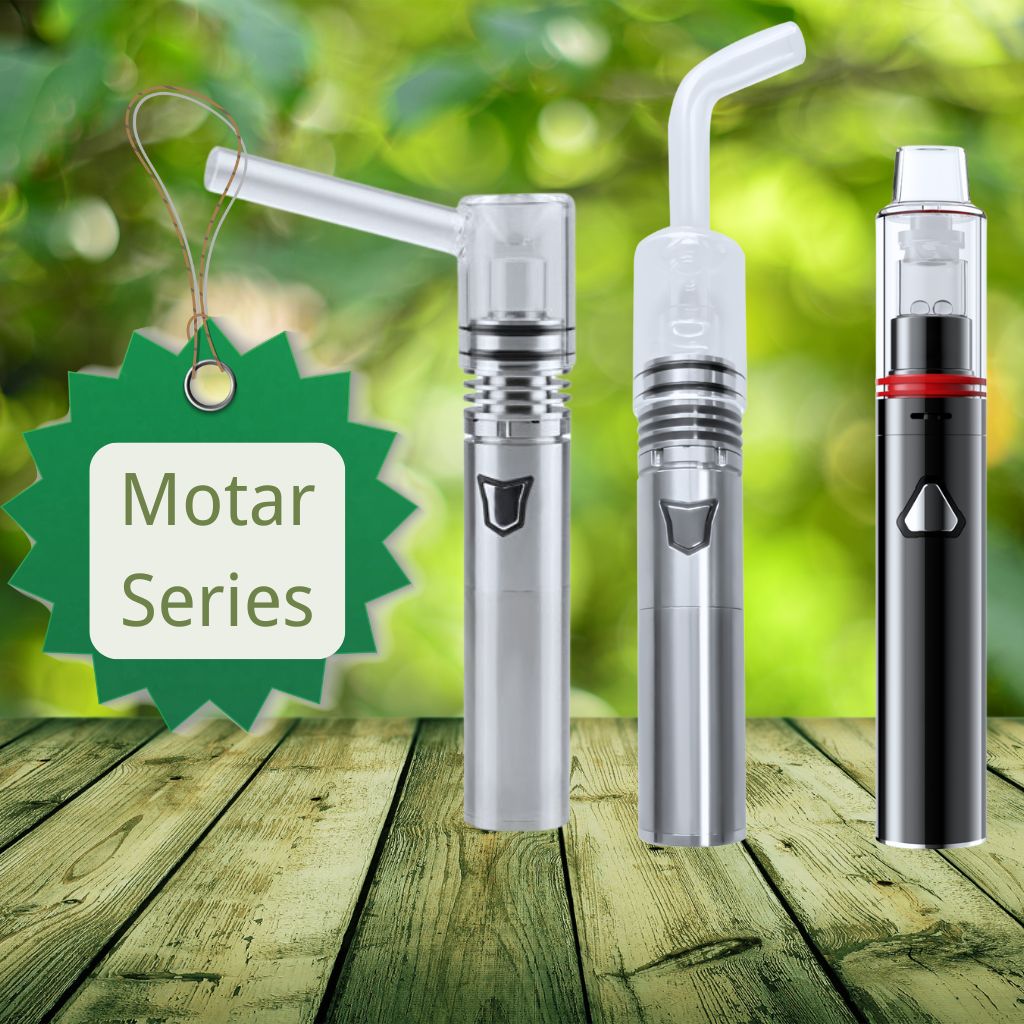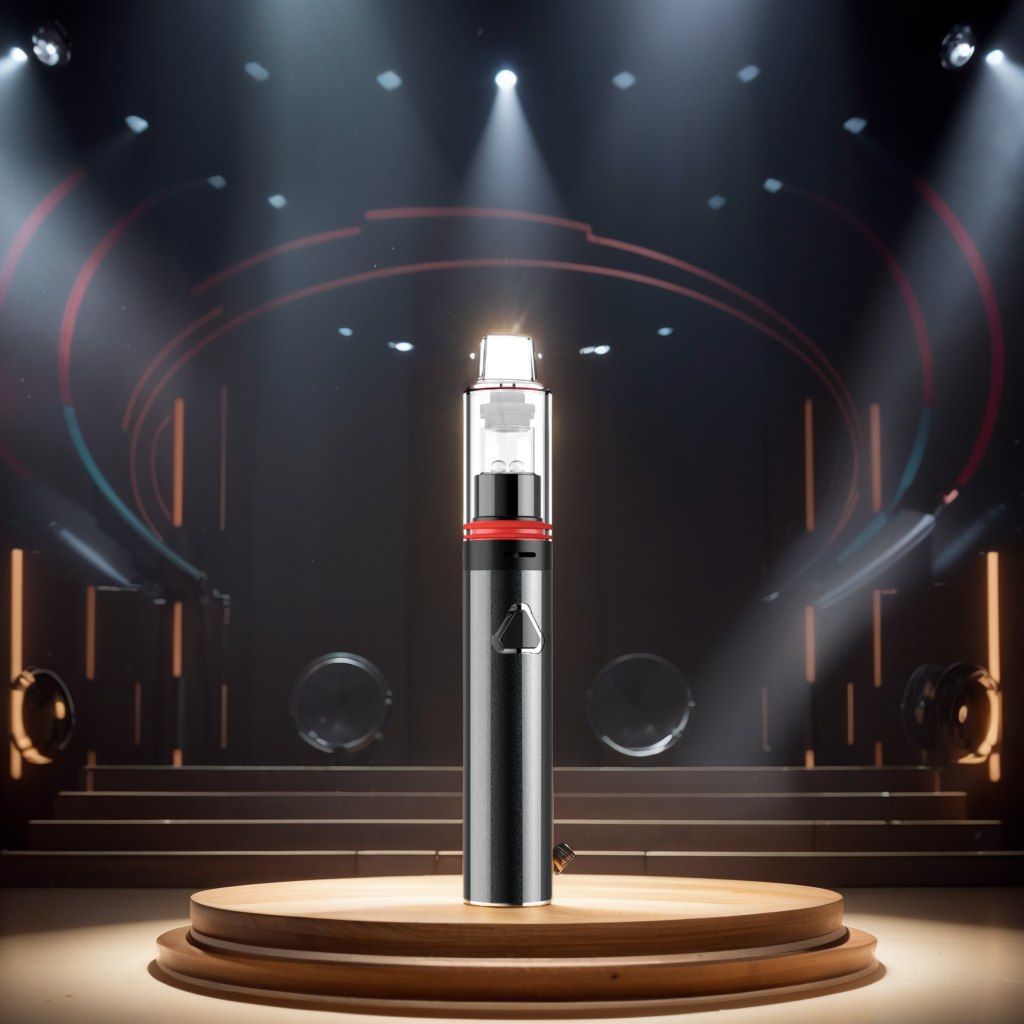WHEN PAYING WITH A CREDIT CARD, THERE CAN BE SEVERAL COMMON PAYMENT FAILURE SITUATIONS. HERE ARE SOME TYPICAL SCENARIOS AND HOW TO SOLVE THEM
Insufficient Funds:
- Situation: Your credit card does not have enough available credit to cover the purchase amount.
- Solution: Check your credit card balance to ensure you have sufficient funds. You can either pay off part of your balance or contact your credit card issuer to request a credit limit increase.
Card Declined for Suspicious Activity:
- Situation: The credit card issuer suspects fraudulent activity and declines the transaction.
- Solution: Contact your credit card issuer immediately to verify the transaction. Once they confirm your identity, you can attempt the purchase again.
Expired Credit Card:
- Situation: Your credit card has expired, and the payment cannot be processed.
- Solution: Ensure your credit card is up-to-date. If it has expired, you’ll need to contact your credit card issuer to request a new card. Once you receive the new card, update your payment information and retry the purchase.
Billing Address Mismatch:
- Situation: The billing address you provided during checkout does not match the address associated with your credit card.
- Solution: Double-check and enter the correct billing address during checkout. If you recently moved or your address has changed, update your credit card information with your issuer.
Payment Gateway Issues:
- Situation: Technical problems on the payment gateway’s side can result in payment failures.
- Solution: In this case, there’s not much you can do except to wait and retry the payment later. If the issue persists, contact the customer support of the website or service you are trying to make a payment to.
Daily Transaction Limit Reached:
- Situation: Your credit card may have a daily transaction limit, and if you exceed it, the payment will fail.
- Solution: Contact your credit card issuer to inquire about the daily transaction limit. You can request an increase if needed. Alternatively, you can wait until the next day to make the payment.
International Transactions Blocked:
- Situation: Some credit cards have restrictions on international transactions, and if you’re making a purchase from a foreign website, it may be blocked.
- Solution: Contact your credit card issuer to verify if international transactions are allowed. If not, request that they enable international transactions for your card.
Payment Declined by Merchant:
- Situation: The merchant or online store you’re making a purchase from may decline your credit card for various reasons.
- Solution: Contact the merchant’s customer support to understand why your payment was declined and to explore alternative payment methods.
Temporary Hold or Freeze:
- Situation: In some cases, a credit card issuer may place a temporary hold or freeze on your card due to suspicious activity.
- Solution: Contact your credit card issuer to inquire about any holds or freezes on your card. They can provide guidance on resolving the issue.
Credit Card Not Activated:
- Situation: If you’ve recently received a new credit card, it may not be activated, and payments will fail.
- Solution: Follow the activation instructions provided by your credit card issuer. Typically, this involves calling a specific number or visiting the issuer’s website to activate the card.


